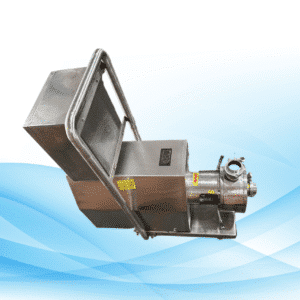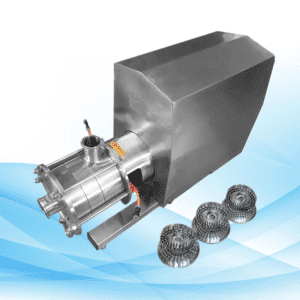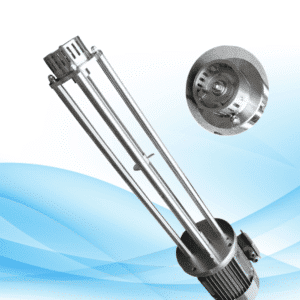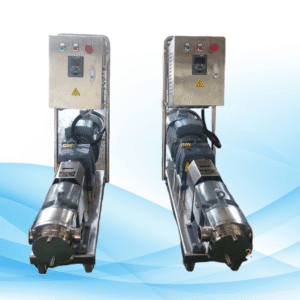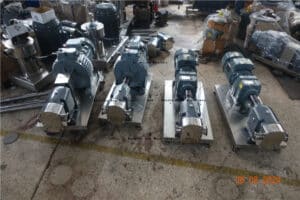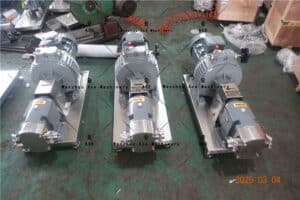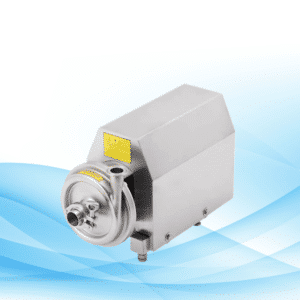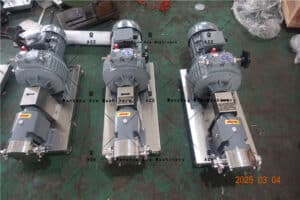Fluid Transfer Pumps: An Overview
Fluid transfer pumps indeed find utility in a myriad of applications, ranging from transferring fuel from trucks to tanks. This article looks at the different types of fluid transfer pumps, their applications, factors to consider when purchasing a pump as well as maintenance.
A Brief on Fluid Transfer Pumps
A fluid transfer pump can be defined as a pump which facilitates the movement of fluids (liquids in gas form) such as water, oils, chemicals, and fuels from one location or container to another. As is the case with other pumps, there are different types of fluid transfer pumps that are suited to different fluids and working conditions.
The Different Types of Fluid Transfer Pumps
Centrifugal Pumps
- Principle: A rotating impeller transfers energy to the fluid, increasing its velocity and converting it into flow.
- Applications: Commonly used in industries that require water and light oils, including water treatment and HVAC systems.
- Benefits: Low production costs, ease of operation, and large flow rates.
Positive Displacement Pumps
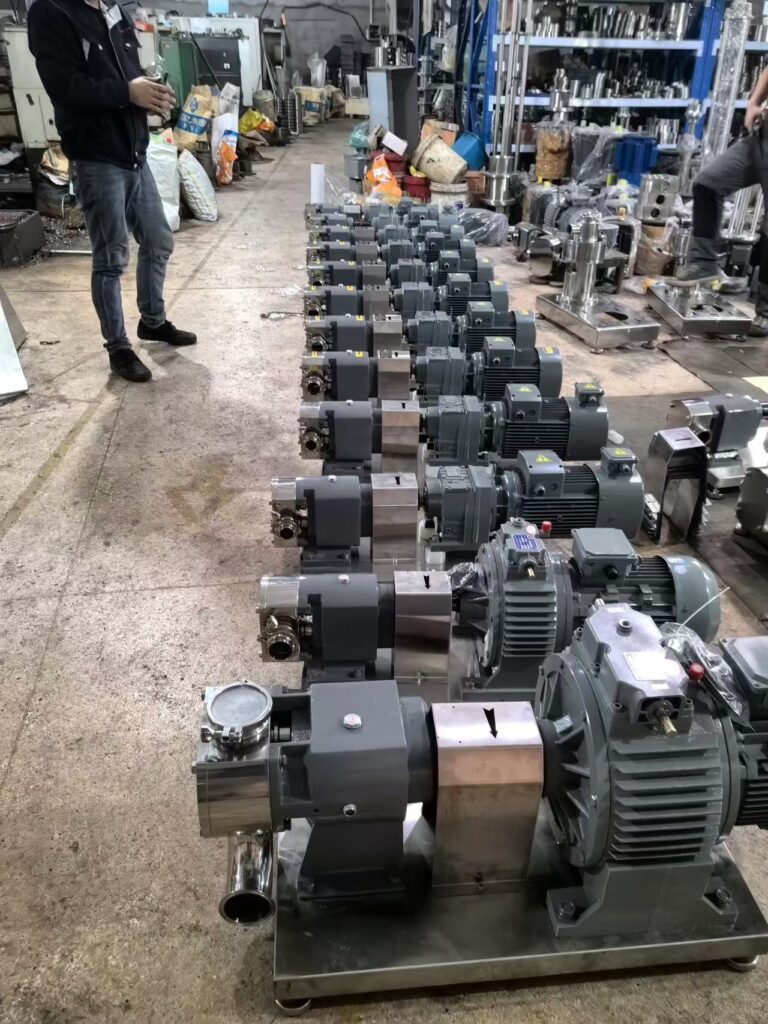
- Principle: A positive displacement pump captures a specified volume of fluid, transferring it from the inlet to the outlet.
- Subtypes:
- Gear Pumps: Use interlocking gears to push shield out and force viscous liquids.
- Diaphragm Pumps: Utilize reciprocating diaphragms, which are good for abrasive and corrosive fluids.
- Peristaltic Pumps: Good for shear-sensitive applications, as they use rollers to compress the tube.
- Applications: Usually used for chemical processing, pharmaceuticals, and food industries.
- Advantages: Accurate control of flow and ability to pump different varieties of fluids.
Flexible Impeller Pumps
- Operation: A rotating member called a flexible impeller pumps fluid by deforming inward and drawing fluid into the pump chamber.
- Applications: Designed for the transfer of viscous fluids, food, and slurry-like fluids and are widely used in the food & beverages sector.
- Advantages: These impellers are self-priming and can also be operated with some solid particles without being damaged.
Progressing Cavity Pumps
- Operation: The mechanism includes a helically formed rotor within a stator; as it rotates, cavities are formed that progress and aid in fluid transport.
- Applications: Best suited for high viscosity and slurries in the oil and gas industry.
- Advantages: Produces a steady flow without pulses and can be used with abrasive substances.
Key Applications of Fluid Transfer Pumps
- Industrial Manufacturing: Use of chemical substances for lubricating or cooling systems is possible.
- Agriculture: Irrigation systems and the distribution of pesticides.
- Oil and Gas: Crude oil and other hydrocarbons are moved via pipelines or tankers.
- Food and Beverage: Transferring of chemicals for beverages, ingredients, or cleaning detergents.
- Pharmaceuticals: Able to transfer fluids that are sensitive to high sterility levels.
Selecting the Right Fluid Transfer Pump
Fluid Characteristics
- Viscosity: Low viscosity liquids require centrifugal pumps, whereas high viscosity liquids may require positive displacement pumps.
- Corrosiveness and Abrasiveness: The materials of construction should have the ability to withstand wear and chemical attacks.
Flow Rate and Pressure Requirements
Find out the required flow rate (volume over an amount of time) and the total head or pressure the pump will have to work against.
Operating Environment
Constraints include temperature limits, use of hazardous areas, and restrictions in space.
Compatibility with Existing Systems
Confirm that piping, power supply, and the control systems can accept the pump with minimum modifications.
Best Practices for Installation and Maintenance
Correct Installation
Observe the correct instructions of the manufacturer to avoid leakage or vibration due to improper alignment, undue fastening, and wrong connections.
Regular Maintenance
Make regular checks for wear and tear, oil moving parts, and replace seals and gaskets on time to extend the life of the pump.
Monitoring Performance
Control systems and sensors are employed in monitoring key parameters including flow, pressure, and temperature to enable timely detection of abnormalities.
Questions and Answers
What is the difference between centrifugal and positive displacement pumps?
A centrifugal pump is an impeller pump used for pumping low viscous liquids and must be rated high flow for a wide range of orientations. Positive displacement pumps deliver fixed volumes of fluid per cycle and are preferable for high viscous fluids and precise flow applications.
How do I define the right pump for my application?
Controlled parameters are required flow rate, total head, fluid properties, and configuration of the system. Help from the manufacturer’s or selection software can be useful in arriving at the right size.
What materials are used for pump construction?
Materials used greatly depend on the fluid, including stainless steel, cast iron, bronze, and a number of plastics. Additionally, seals and gaskets are made of elastomers including EPDM, NBR, and Viton.
Is it possible to use one pump for several different types of fluids?
Some pumps are multipurpose, but the crucial point is the material of the pump itself, as it must be compatible with the fluid so that it does not corrode or degrade. There is also the aspect of cross-contamination in sensitive applications.
What are the top reasons for failure of pumps?
The most common problems are improper installation, maintenance, low performance, or out-of-design specification usage, and poor material selection for the fluid being pumped.
What measures should I undertake to increase energy efficiency in my pumping system?
It is necessary to choose pumps according to the nearest range of the Best Efficiency Point (BEP), always do maintenance on equipment, install VFDs on motors, and ensure that the pipework design is done to minimize resistance.
Conclusion
While the choice of pump, its applications, and the modes of maintenance should, in theory, be easy to use, fluid transfer pumps are still utilized in an immense range of industrial applications – perhaps, the most interesting/thought-provoking application being the transfer of different liquids and, in doing so, maintaining a specific set of constraints.

